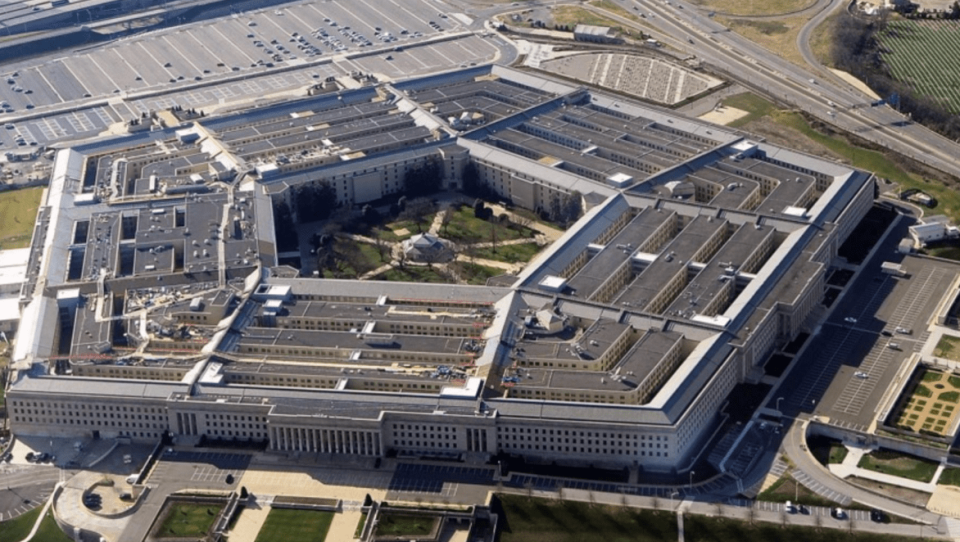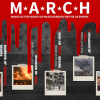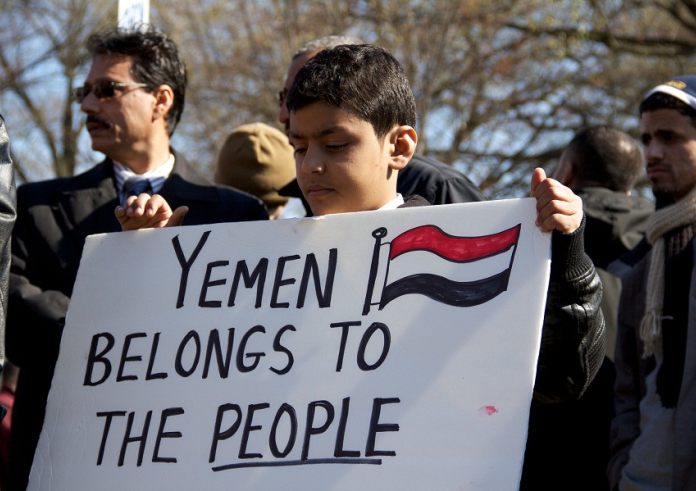By Amir Hamed Azad
That’s Enough in a report dated October 16, 2021, while reviewing and comparing the summary of US military strategy in Afghanistan, Iraq and Syria, concluded that unlike Afghanistan, the US will need to maintain a level of military talent and presence in Iraq and Syria.
The report stated that the United States would pursue full deterrence against Iran by strengthening its trusted partners, which would include a set of established governments, non-state actors, and foreign beneficiary governments. Accordingly, the US Department of Defense continued to request funding for the 2022 budget bill to equip and train troops in the fight against ISIS in Iraq and Syria.
Previously, That’s Enough in a report dated December 11, 2021, reviewed and analyzed the US Department of Defense's budget bill for the Syrian as well. The following report seeks to examine the budget requested by the Pentagon in Iraq. The purpose of this study is to identify possible changes in US focus in Iraq, compare US targets in Iraq, and estimate possible future performance.
The Declining Trend of Budget Allocation to Iraq
Examining the process of allocating funds to Iraq shows a declining trend. The Pentagon has not requested funding for training and equipping Iraq since 2017, in other words, this line has been removed from the US Department of Defense budget. Also, the requested budget for training and equipping in the fight against ISIS has gradually decreased after a significant increase in 2018, and from 2019, it has been reduced by an average of $ 250 million.
This trend has also been the same for the training, equipment and reconstruction budget of the Ministry of Peshmerga in the Iraqi Kurdistan region. The Pentagon, for example, has dropped from $ 245 million in 2020 to about $ 47.5 million in 2021.
Similarly, the US Department of Defense has requested $ 345 million for the 2022 fiscal year to equip and train Iraqi security forces and the Peshmerga, and it seems that, considering the trend in recent years, about 80 percent of this request might be approved by Congress.
The FDA's budget for fiscal year 2022 states that the strategy to combat ISIS in Iraq focuses on supporting the training and equipping of Iraqi security forces, with the goal of developing coalition-independent activities. Support for the Iraqi security forces is provided through training and equipping with light weapons, which includes all units under the command of the Ministry of Defense, the Ministry of Interior, the Counter-Terrorism Service and the Ministry of Peshmerga of the Iraqi Kurdistan Region.
A highlight of the US Department of Defense budget for training and equipping Iraqi forces is the allocation of $240 million in aid to Peshmerga forces, which was suspended in 2020 due to a change in operational conditions. This figure covers 70% of the requested budget for the Iraqi training and equipment sector.
Table (1): Iraq Training and Equipping Program: Allocations and Requirements (US $ Million)

Table 2: Comparison of US Financial Activity in Iraq (2020-2022)

Budget Strategy
The declining trend in the allocation of funds to training and equipping in Iraq can be considered as a good evidence of the implementation of the US defense strategy. Announced as the 21st Century Defense Priority to maintain US leadership by Barack Obama in January 2012, the strategy emphasizes the need for the United States to refrain from engaging in long-term, large-scale stabilization operations. According to this strategy, the United States began reducing US troops and equipment from Iraq since the beginning of 2018, and finally on July 26, 2021, at the end of the fourth round of strategic talks with the Iraqi government, announced that by the end of 2021, the military presence in this the country will end.
The Pentagon's budget request for Iraq in 2021 has decreased by 13.5 percent compared to 2020, while the same request in 2022 has decreased by 46.5 percent compared to 2021. This trend is a good example of the US defense strategy by the US Department of Defense. However, Congress will not agree to all this request.
The United States continues to reduce its focus in Iraq while as the Pentagon notes in its 2022 fiscal budget, there are the lack of funding for training and equipment, the Iraqi government’s inability to consolidate gains, governing the country, protecting citizens, and rebuilding and maintaining critical infrastructure and detention centers holding the ISIL forces. It also adds that if the process of allocating funds does not continue, the Iraqi security forces will not be able to confront ISIL and other violent extremists.
The US Department of Defense has warned in its fiscal year 2022 that inadequate funding for training and equipment to fight ISIL could reduce the level of security in Iraq like the time ISIL took control of Iraq in 2014 due to the reduction of the capabilities of Iraqi security forces.
Conclusion
The reduction of the level of forces in Iraq, the end of the military mission in this country and the reduction of the equipment and training budget in the process of fighting ISIS are all aspects of the US defense strategy. This trend means that the United States has no plans to strengthen its offensive center in Iraq. At the same time, the US Department of Defense’s warning about the impact of budget cuts on the capabilities of Iraqi security forces and the risk of returning the insecure situation (like 2014) confirms the fact that the US will not be able to use Iraq’s capacity to confront and control Iran. However, it should also be noted that the United States will continue to respond to deadly attacks on its forces, if happened.
Budget Strategy
The declining trend in the allocation of funds to training and equipping in Iraq can be considered as a good evidence of the implementation of the US defense strategy. Announced as the 21st Century Defense Priority to maintain US leadership by Barack Obama in January 2012, the strategy emphasizes the need for the United States to refrain from engaging in long-term, large-scale stabilization operations. According to this strategy, the United States began reducing US troops and equipment from Iraq since the beginning of 2018, and finally on July 26, 2021, at the end of the fourth round of strategic talks with the Iraqi government, announced that by the end of 2021, the military presence in this the country will end.
The Pentagon's budget request for Iraq in 2021 has decreased by 13.5 percent compared to 2020, while the same request in 2022 has decreased by 46.5 percent compared to 2021. This trend is a good example of the US defense strategy by the US Department of Defense. However, Congress will not agree to all this request.
The United States continues to reduce its focus in Iraq while as the Pentagon notes in its 2022 fiscal budget, there are the lack of funding for training and equipment, the Iraqi government’s inability to consolidate gains, governing the country, protecting citizens, and rebuilding and maintaining critical infrastructure and detention centers holding the ISIL forces. It also adds that if the process of allocating funds does not continue, the Iraqi security forces will not be able to confront ISIL and other violent extremists.
The US Department of Defense has warned in its fiscal year 2022 that inadequate funding for training and equipment to fight ISIL could reduce the level of security in Iraq like the time ISIL took control of Iraq in 2014 due to the reduction of the capabilities of Iraqi security forces.
Conclusion
The reduction of the level of forces in Iraq, the end of the military mission in this country and the reduction of the equipment and training budget in the process of fighting ISIS are all aspects of the US defense strategy. This trend means that the United States has no plans to strengthen its offensive center in Iraq. At the same time, the US Department of Defense’s warning about the impact of budget cuts on the capabilities of Iraqi security forces and the risk of returning the insecure situation (like 2014) confirms the fact that the US will not be able to use Iraq’s capacity to confront and control Iran. However, it should also be noted that the United States will continue to respond to deadly attacks on its forces, if happened.

















